Workspace là một dịch vụ bao chứa các đối tượng mà bạn muốn Roblox Engine render trong thế giới 3D.Bạn thường sẽ thêm các đối tượng này vào không gian làm việc:
- Attachment các đối tượng, mà bạn có thể gắn vào các máy tạo hiệu ứng đặc biệt như một ParticleEmitter , đối tượng UI như một BillboardGui , vật lý Constraints và nhiều hơn nữa.
- Model các đối tượng tổ chức các nhóm hình học.
- Script các đối tượng được cha trì bởi các đối tượng khác trong không gian làm việc. Các tập lệnh không được hiển thị nhưng có thể ảnh hưởng đến việc hiển thị của đối tượng khác.
Các phần
Part các đối tượng đại diện cho các khối xây dựng cơ bản trong Roblox.Mặc định, tất cả các bộ phận đều có vật lý được mô phỏng và được hiển thị nếu xuất hiện trong không gian làm việc 3D.Các bộ phận có thể có hình dạng của khối, cầu, hình trụ, góc cạnh hoặc góc cạnh.Ngoài ra, TrussPart hành động như một dầm khung mà các nhân vật có thể leo lên như một thang.
 |  | 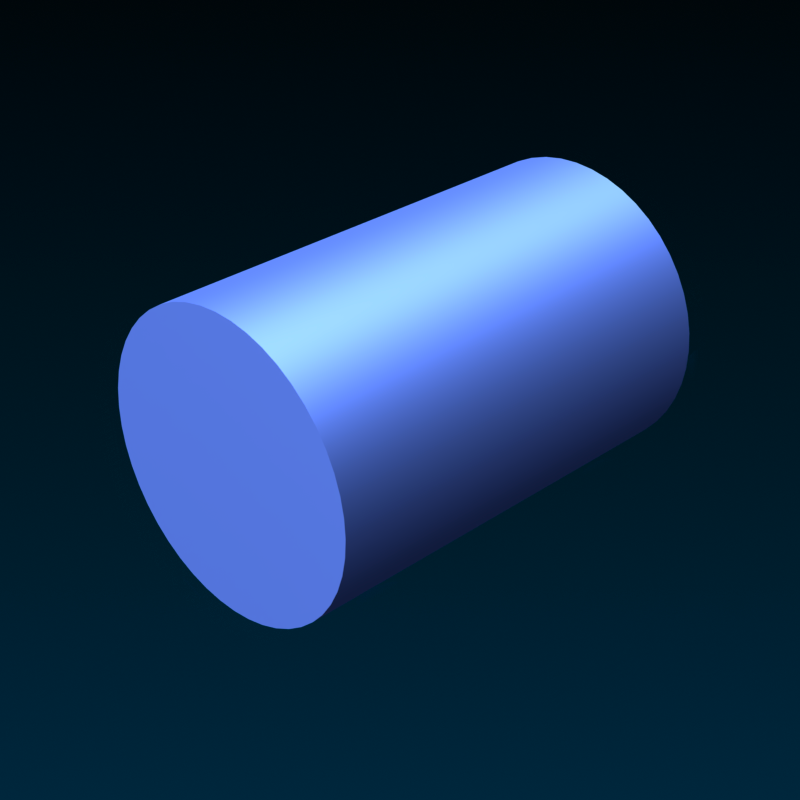 | 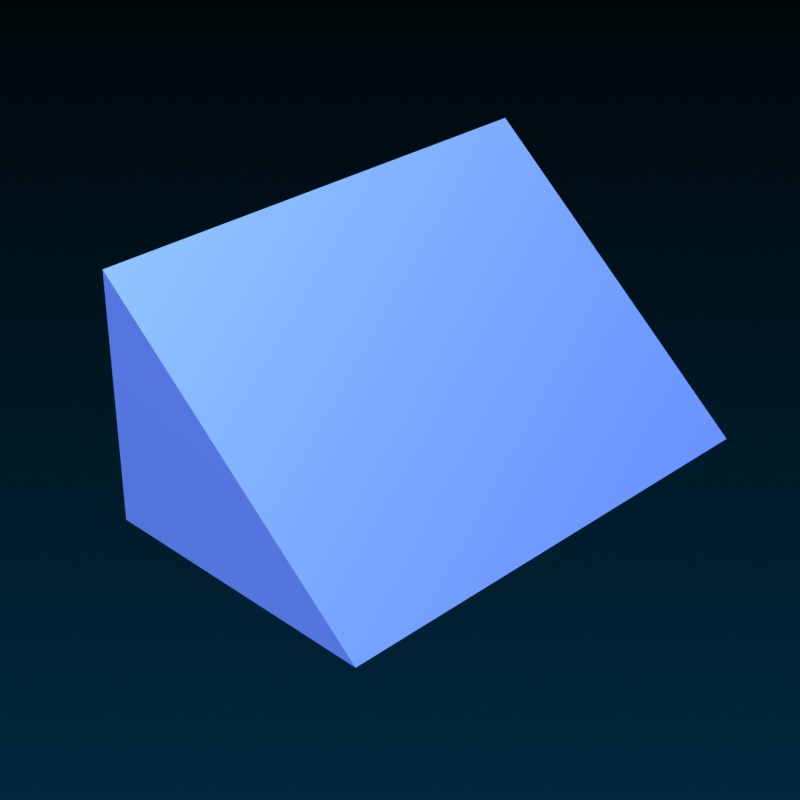 |  |
Bạn cũng có thể áp dụng các hoạt động mô hình rắn chắc cho các bộ phận, chẳng hạn như liên minh hoặc phủ nhận, để kết hợp chúng thành một cái gì đó phức tạp hơn như bát hoặc ống rỗng.
Lưới
A MeshPart là một đối tượng đại diện cho một lưới (một bộ sưu tập các đỉnh, cạnh và khuôn mặt tạo thành một đối tượng 3D).Bạn thường tạo lưới bằng phần mềm bên thứ ba như Blender hoặc Maya, sau đó nhập chúng làm MeshPart bằng Studio.
Khối có thể bao gồm nhiều chi tiết hơn bất kỳ mô hình rắn chắc nào bạn có thể thực hiện trong Studio.Họ cũng có thể có các cấu trúc và kết cấu bên trong, cho phép bạn tạo các đối tượng giống như cuộc sống mà bạn có thể tạo dáng và diễn hoạt.
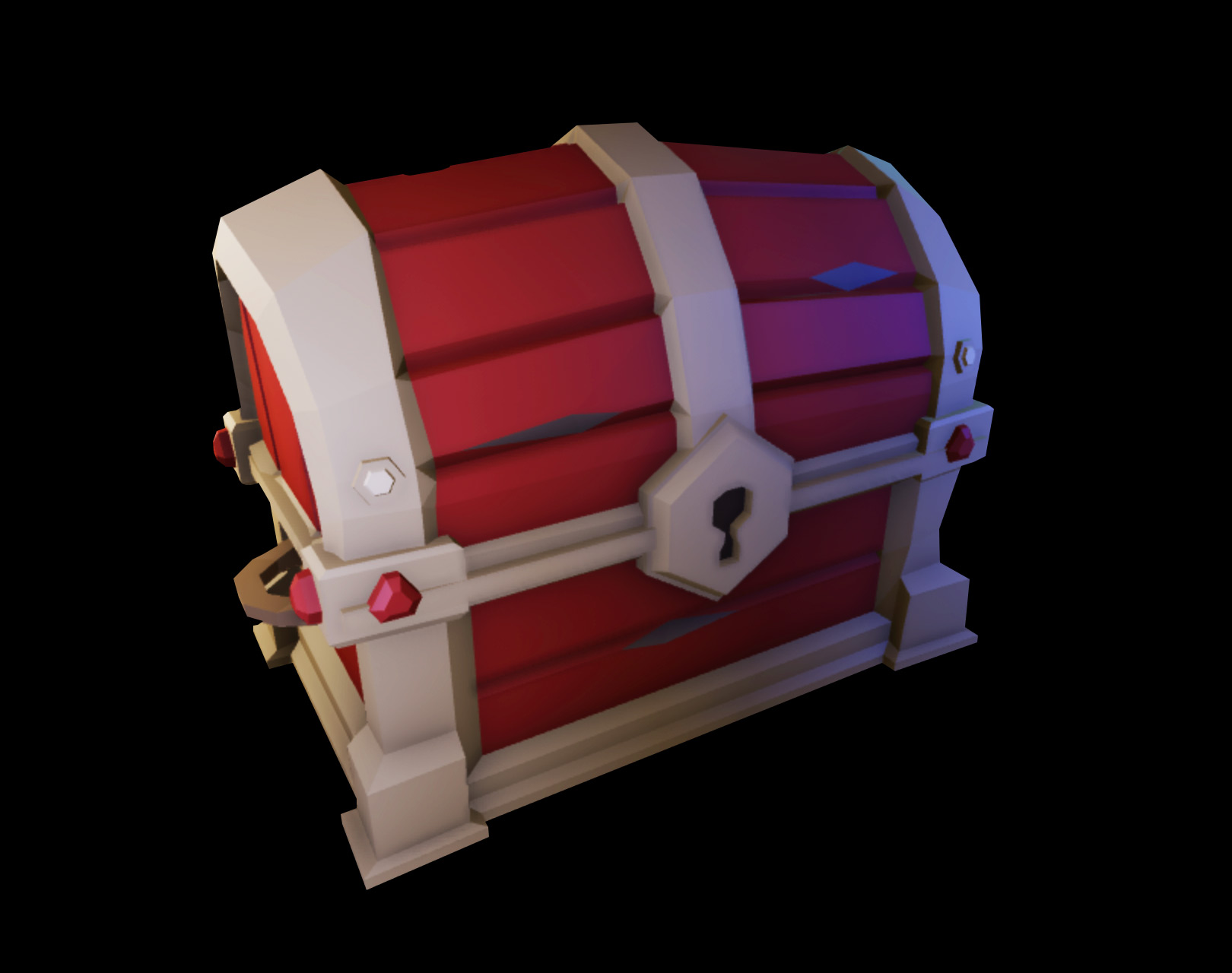
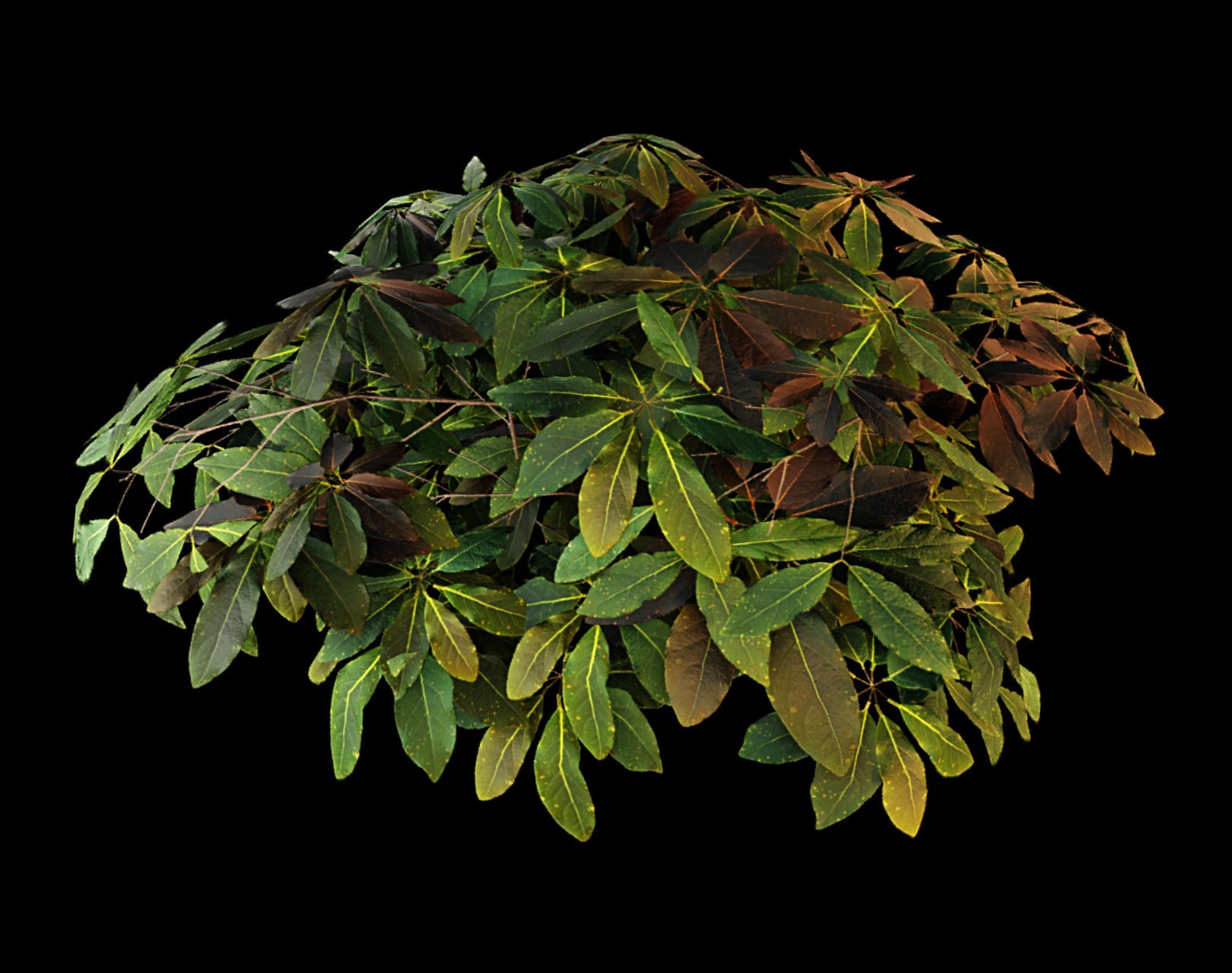
Địa hình
Vật phẩm Terrain cho phép bạn tạo và điêu khắc môi trường địa hình chi tiết và thực tế, như núi, các cơ thể nước, những ngọn đồi được phủ cỏ hoặc sa mạc bằng phẳng.Sử dụng Trình chỉnh sửa địa hình, bạn có thể dễ dàng tạo và thay đổi các khu vực lớn của địa hình.
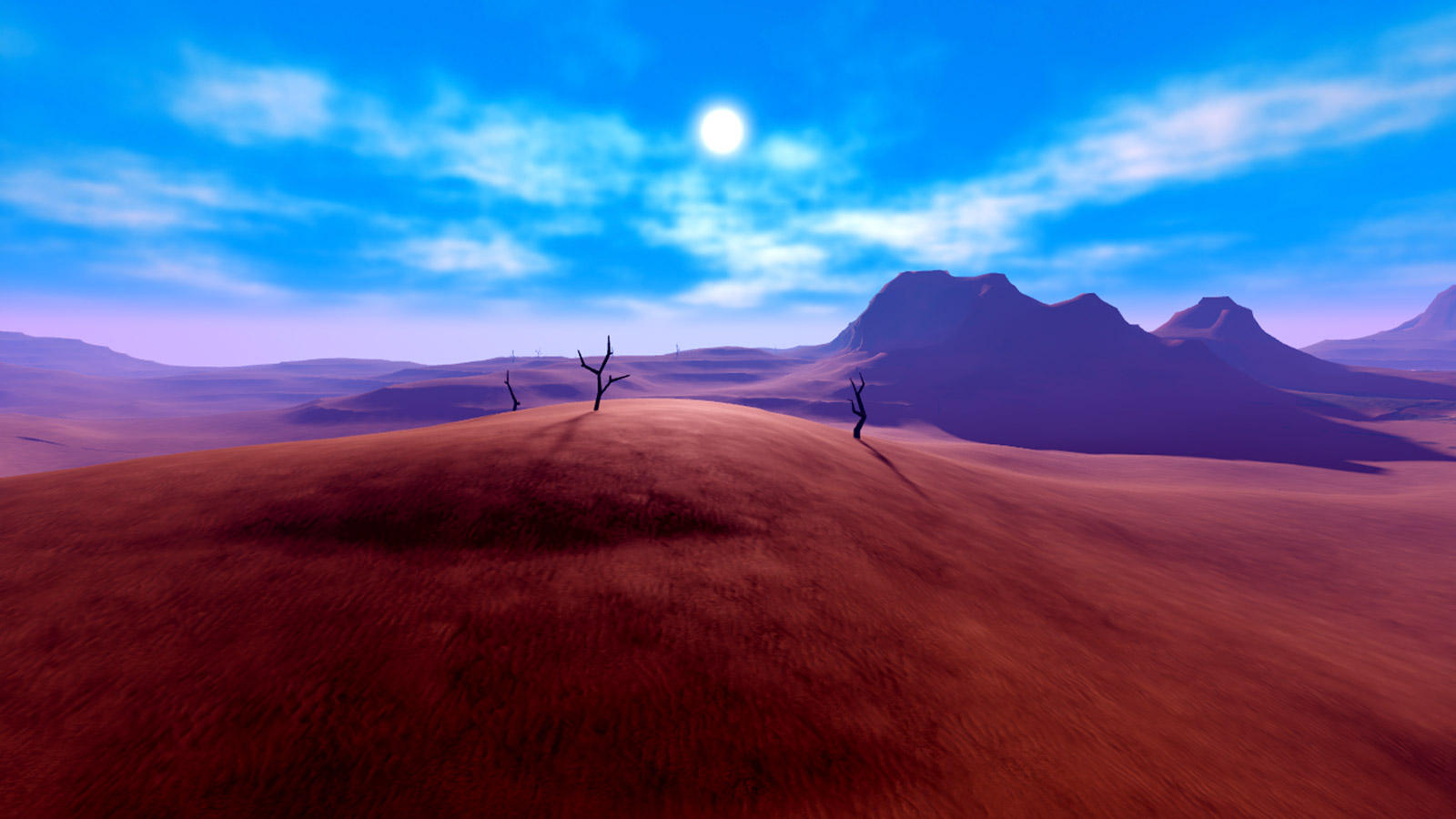
Mô hình
Một Model là một đối tượng chứa cho nhóm hình học , chẳng hạn như BasePart , Motor6D và các mô hình khác.Các mô hình có thể là các nhóm đơn giản hoặc bạn có thể đặt một phần chính trong mô hình, để nó hoạt động như một lắp ráp, mà động cơ vật lý xử lý như một cơ thể cứng duy nhất.Các mô hình cũng có thể chứa các kịch bản hoạt động trên các đối tượng cụ thể của mô hình.
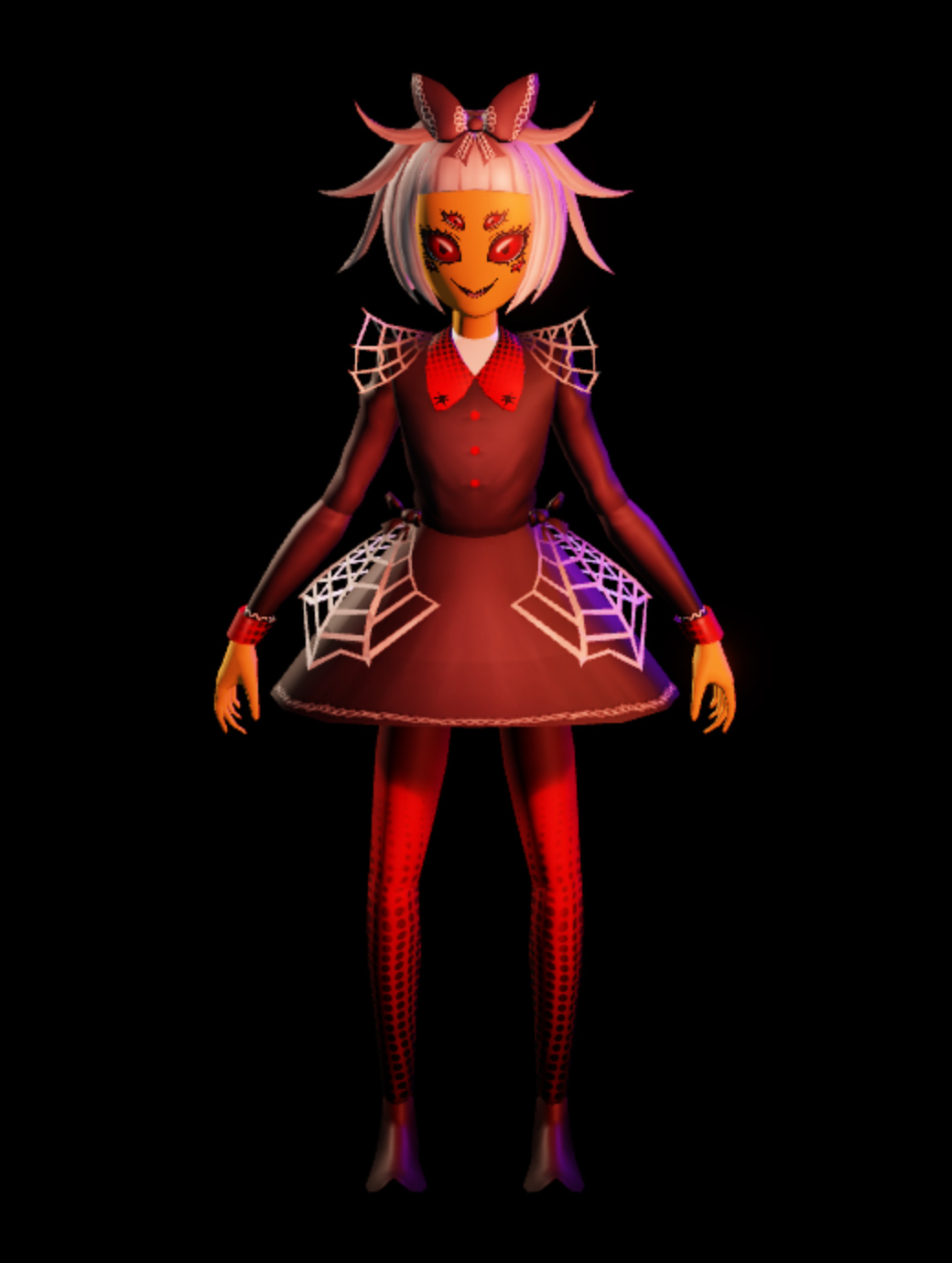
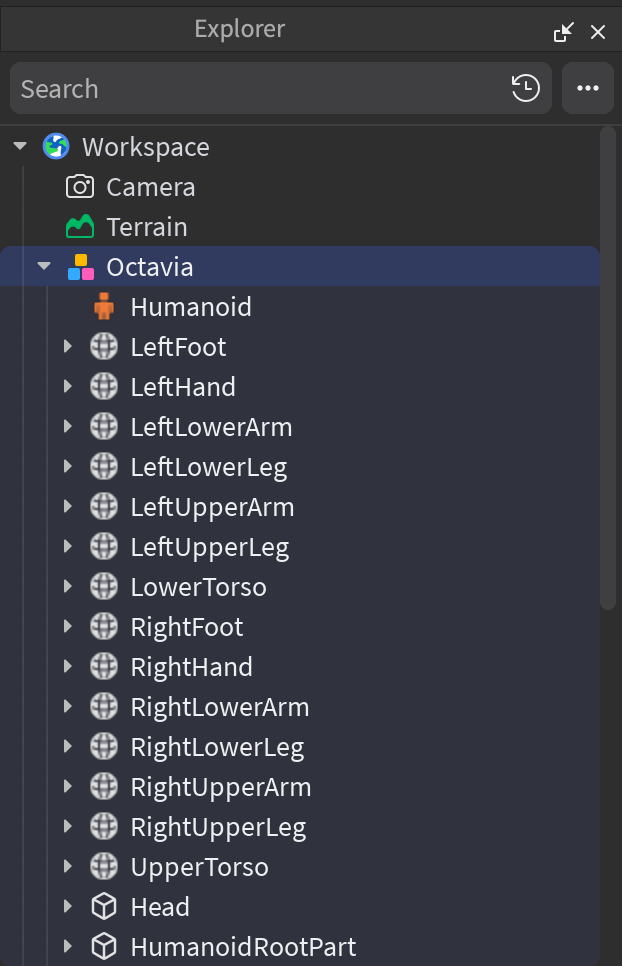
Truy cập không gian làm việc trong các tập lệnh
Trong một kịch bản, bạn có thể truy cập vị trí của Workspace ở ba cách khác nhau, tất cả đều hợp lệ.
- game:GetService("Workspace")
- workspace
- game.Workspace
Từ đó, bạn có thể thực hiện một bộ lớn các trường hợp sử dụng để lập trình logic cho trải nghiệm của bạn và tạo thế giới và tương tác dinhám. Ví dụ:
- Nhận được một tham chiếu đến bất kỳ đối tượng nào trong không gian làm việc để thay đổi các thuộc tính của nó trong thời gian chạy.
- Nhận được một tham chiếu đến đối tượng của người dùng Camera để thao tác với góc nhìn của họ trong không gian làm việc.
- Lắng nghe sự kiện trên các đối tượng trong không gian làm việc để thực hiện logic vào các thời điểm cụ thể, chẳng hạn như khi nhân vật chơi có thể của người dùng chạm vào một đối tượng .